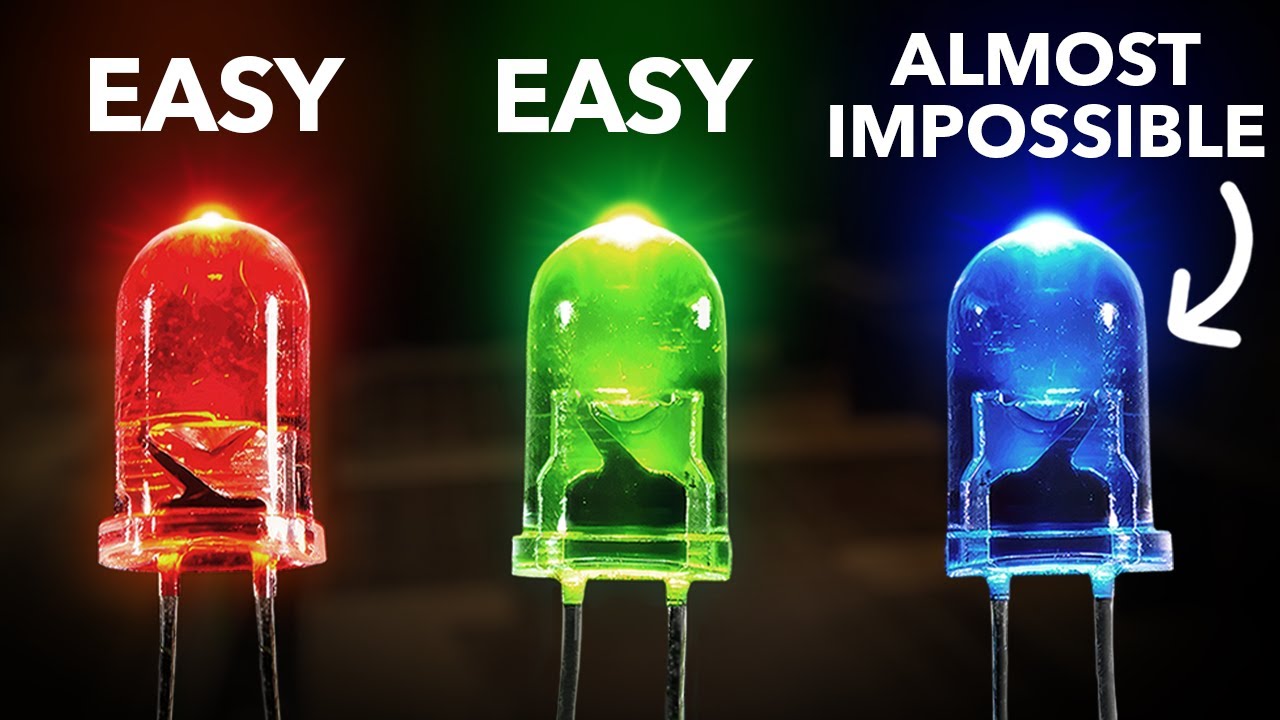The blue LED was supposed to be impossible—until a young engineer proposed a moonshot idea.
Excellent counter example to anyone claiming that we need patent and copyright to innovate.
This man made nothing on his invention and was not motivated by money but fame.
There are endless of examples of how those who do things for money hold back the creativity that leads to innovation. This is one of them. It almost didn’t happen because his pursuit was not seen as profitable.
Really annoying that the company shat on him for years, and continued to do so after he multiplied the value of the company. Toxic behavior.
It’s an extreme example that perfectly illustrates how profit is extracted from employees by the employers. He didn’t have any leverage to get a larger share of the profit from his labor, as is the case with most employees. You could call it toxic behavior, and it is, but it’s the expected behavior, the behavior incentivised by the system.
My favorite thing about widely-available blue LEDs was the effect on TV scifi.
Watch the Star Trek shows made in the 1980s and 1990s and the tricorders, alien gadgets, and other props were always twinkling with red, yellow, and green LEDs to look futuristic. A generation later and every single hand prop on 2000s Doctor Who, Torchwood, etc. glowed and twinkled blue because the LEDs had just become cheap enough for prop makers, but weren’t yet widespread in day-to-day life so the viewers were seeing something strange and unusual.
Now every color of LED imaginable is just common and whatever, but for a good stretch of time glowy blue became the standard “scifi” color just because that particular tech happened to turn up at that particular time.
Purple still seems to be a tough one for most rgb devices I’ve used lol




